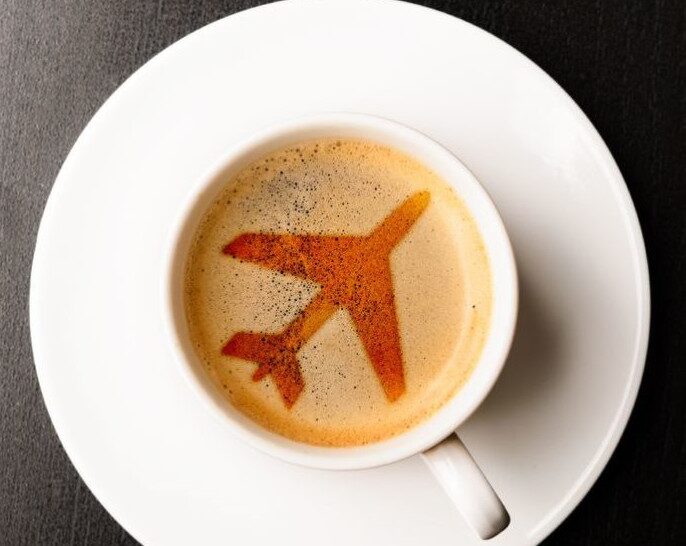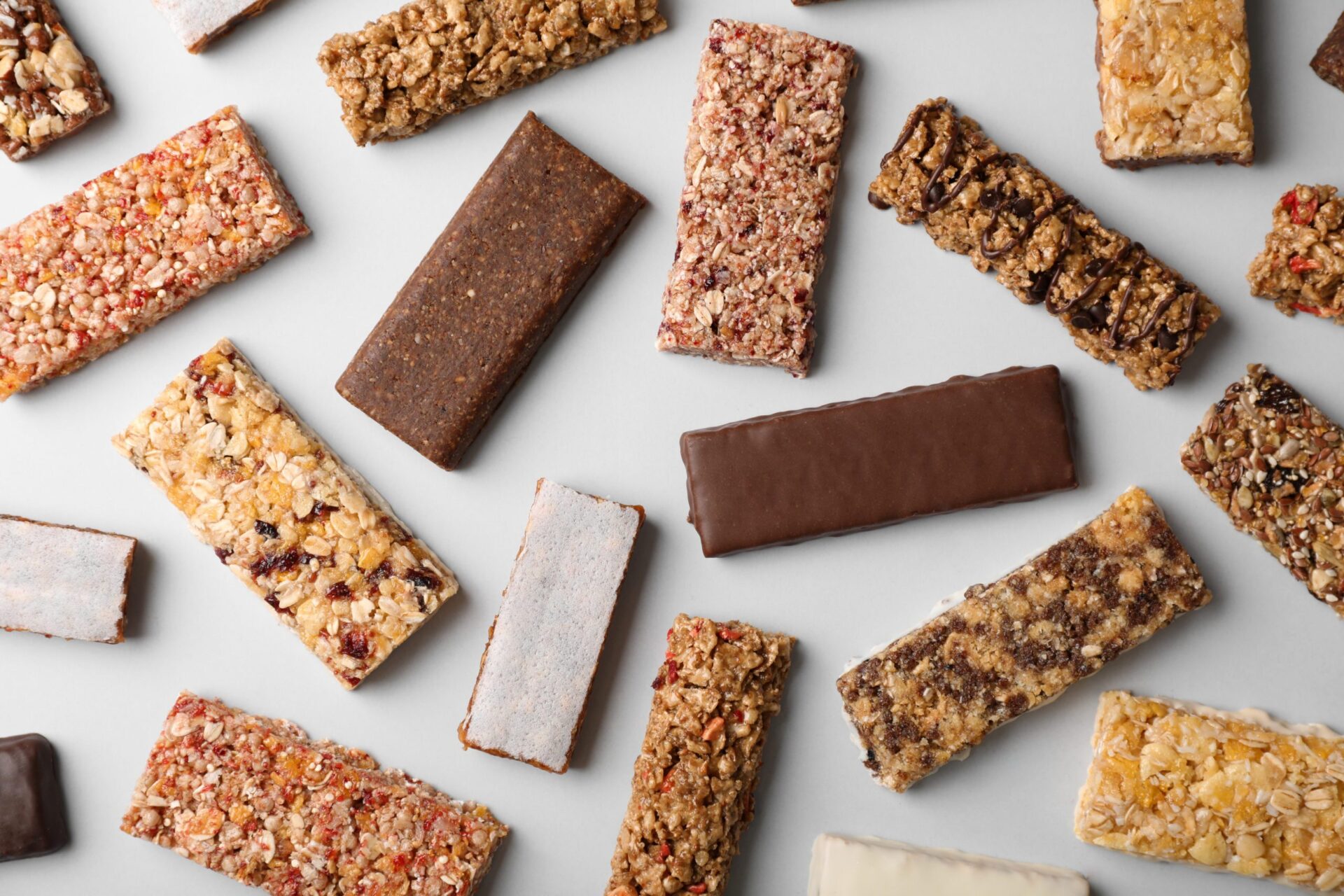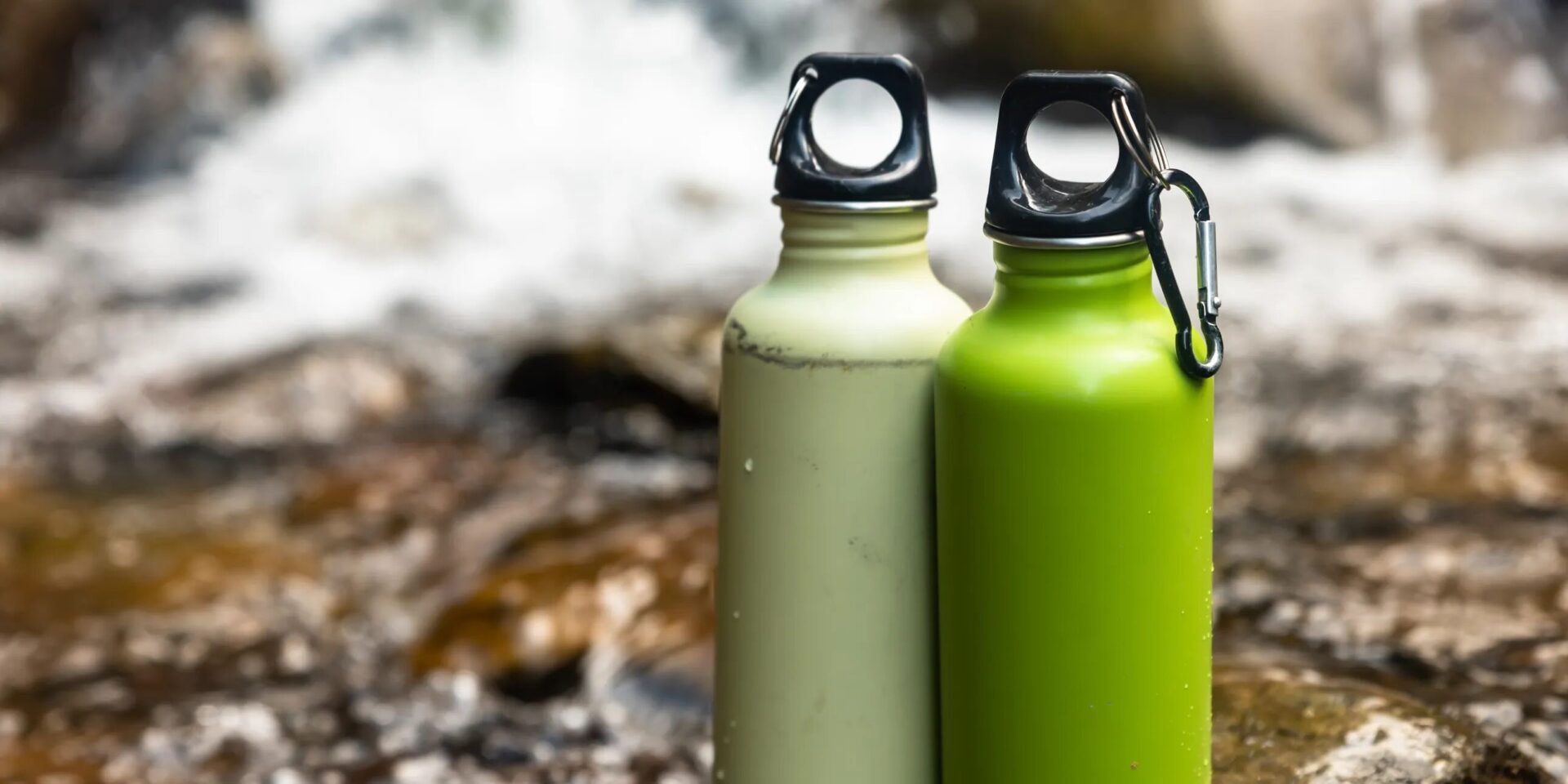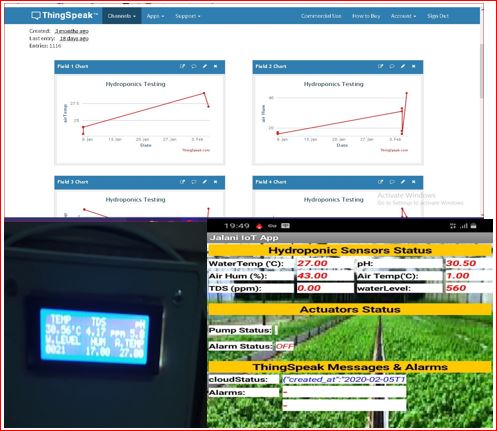
Ah, the excitement of a plane ticket clutched in your hand, a new adventure on the horizon. But amidst the packing frenzy and travel jitters, a crucial question arises: what to eat and drink on that long flight? Fear not, fellow traveler! This guide will navigate you through the skies of “do’s and don’ts” when it comes to inflight sustenance.
Understanding the Challenges
Before diving into the delicious (and not-so-delicious) options, let’s understand the unique environment of a plane. High altitude throws a curveball at your body. Cabin pressure drops, leading to dehydration and a decrease in taste and smell sensitivity. This can affect your digestion and how you perceive food flavors.
Dehydration Enemy No. 1
The dry cabin air is a notorious dehydrator. Aim for water as your primary beverage, and avoid excessive caffeine and alcohol, which can further dehydrate you. Pack an empty water bottle to refill after security checks.
Pro Tip: Sneak in some extra hydration by bringing sliced fruits and vegetables like cucumber or watermelon.
Taste Buds Take a Vacation
The decrease in taste and smell sensitivity can make airplane food seem blander than usual. Opt for strong-flavored and savory options over sweet or subtle ones.
Foods to Pack and Airplane Eats to Consider

Now, let’s get down to delicious business! Here’s what to pack and what to consider ordering on the plane:
Pack Smart
- Hydration Heroes: Pack an empty water bottle and fill it after security. Consider bringing a reusable water bottle and asking flight attendants for refills.
- Fresh and Flavorful: Fruits like berries, apples, or oranges are refreshing and hydrating.
- Protein Powerhouses: Nuts, seeds, and protein bars provide sustained energy without feeling heavy.
- Savory Snacks: Opt for pretzels, crackers with cheese, or veggie sticks with hummus for a satisfying crunch.
- Homemade Goodness: If you have time, pre-portion trail mix, granola bars, or yogurt parfaits for a touch of home.
Packing Smarts
- Choose fruits and vegetables that travel well, like apples, oranges, carrots, or celery.
- Avoid packing messy or smelly foods like soft cheeses or strong-smelling fruits like durian.
- Check airline restrictions on liquids and gels before packing homemade snacks.
Airplane Eats

Airline meals can be a gamble. However, if you’re open to exploring the options, here are some tips:
- Hydration First: Always ask for water with your meal, even if it’s just a small bottle.
- The Savory Route: Opt for chicken or fish dishes over heavier options like pasta or red meat.
- Freshness Matters: If you have a choice between a pre-packaged salad and a hot meal, the hot meal might be a safer bet in terms of freshness.
- Special Dietary Needs: Inform the airline in advance about any dietary restrictions and inquire about available options.
A Word on Condiments: Airplane condiments can sometimes be limited. If you have a favorite sauce or dressing, consider packing a small travel-sized version.
Foods and Drinks to Avoid on Flights
Just like there are hero foods for flights, there are villains too. Here’s what to avoid packing or ordering to ensure a smooth digestive journey:
The Gas-Inducing Culprits
- Cruciferous Vegetables: Broccoli, cauliflower, and Brussels sprouts can cause bloating at high altitudes.
- Beans and Lentils: While these are powerhouses on the ground, their high fiber content can lead to digestive discomfort in the air.
- Spicy Foods: Spicy dishes can irritate your stomach, especially with dehydration.
The Dehydration Demons

- Caffeinated Beverages: Coffee, tea, and sodas can dehydrate you further. Opt for water, herbal teas, or diluted fruit juices.
- Alcoholic Drinks: Alcohol dehydrates you and can disrupt sleep, making the flight less comfortable.
The Heavy Hitters
- Fried Foods: Greasy and heavy foods can be difficult to digest at high altitudes.
- Sugary Treats: Candy, pastries, and sugary drinks can cause an energy crash later in the flight. Choose fruits for natural sweetness.
Essential Travel Gear for a Comfortable Flight
Now that you’ve mastered the art of in-flight dining, let’s explore some travel essentials to enhance your comfort:
- Reusable Water Bottle: Stay hydrated throughout the flight by refilling your water bottle with the help of flight attendants.
- Snacks on the Go: Pack your prepped snacks in a reusable container or bag for easy access.
- Moisturizer and Lip Balm: Dry cabin air can be harsh on your skin. Pack a travel-sized moisturizer and lip balm to keep yourself hydrated.
- Chewing Gum: Chewing sugar-free gum can help stimulate saliva production and combat dryness in your mouth.
- Earphones or Noise-Cancelling Headphones: Distract yourself from engine noise and enjoy music, audiobooks, or podcasts.
- Eye Mask: An eye mask can help you relax and catch some sleep on long flights.
Conclusion
Armed with these tips on what to eat and drink on flights, along with some handy travel essentials, you’re ready to soar through the skies with confidence and comfort. Remember, hydration is key, pack light and flavorful snacks, and choose savory options when exploring airline meals. Avoid foods that can cause bloating or dehydration and focus on maintaining a happy digestive system. So, pack your bags, grab your water bottle, and get ready for a delicious and comfortable flight!
You May Also Like….
- Foods to Fight Acid Reflux and Heartburn
- Unaware Alcohol, Linked to Breast Cancer In Women – WHO
- Don’t Suffer in Silence! Unlock the Mystery Behind Period Pain
FAQs
Q1: Can I bring food through airport security?
Yes, you can bring most solid foods through airport security. However, there are restrictions on liquids and gels. Check with your airline or the Transportation Security Administration (TSA) website for current guidelines.
Q2: What are some good herbal tea options for flights?
Ginger tea helps with nausea, peppermint tea aids digestion, and chamomile tea promotes relaxation.
Q3: I have dietary restrictions. What should I do?
Most airlines offer special meals for dietary restrictions like vegetarian, vegan, or gluten-free. Inform the airline at the time of booking about your needs and inquire about available options.
Q4: What if I get hungry on a short flight, and the airline doesn’t offer any food?
Packing a small, energy-dense snack like a protein bar or a handful of nuts can help tide you over until you reach your destination.
Q5: I’m worried about food quality on long flights. Any tips?
If you’re particularly concerned, consider packing enough snacks for the entire flight or pre-ordering a special meal from the airline in advance.

